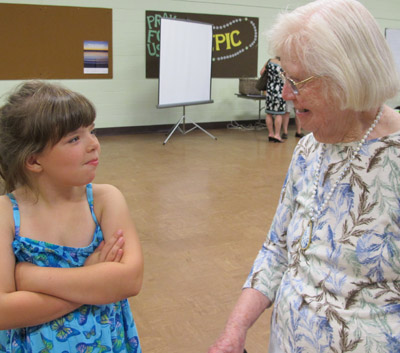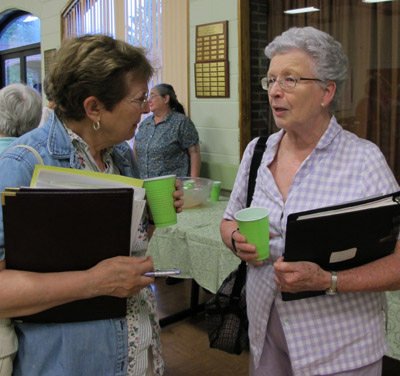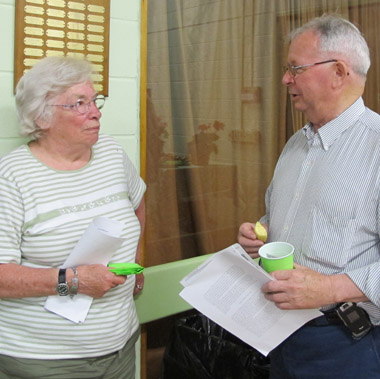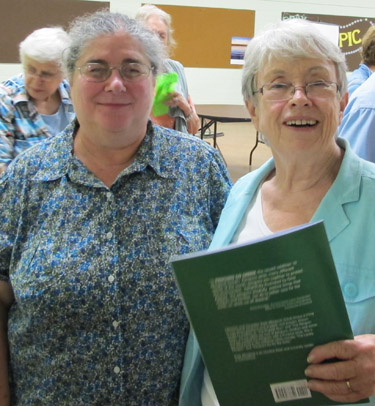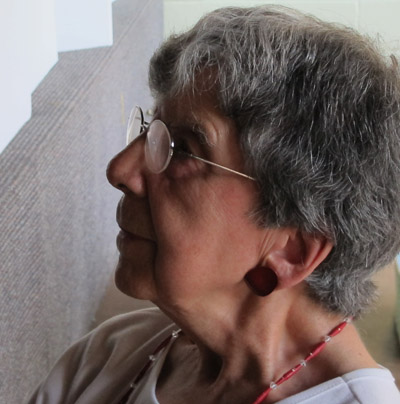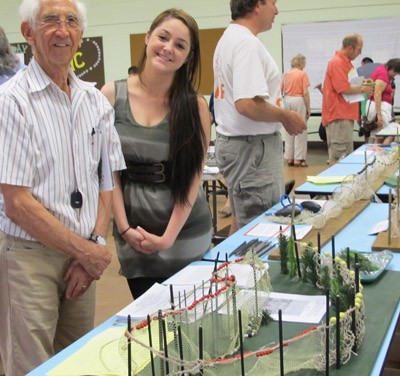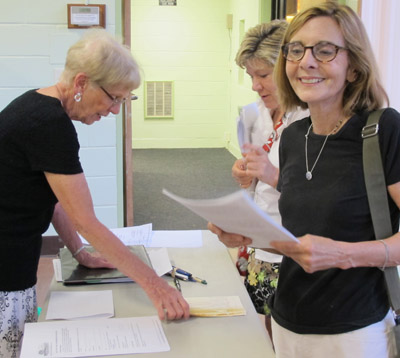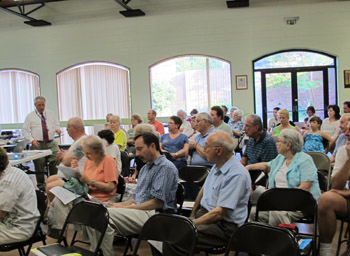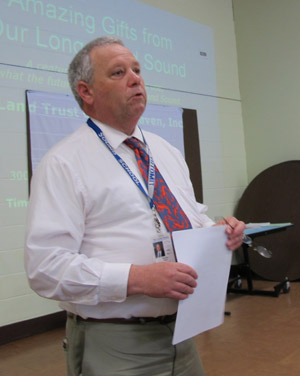Highlights of presentation by Tim Visel, Coordinator, The Sound School Regional Vocational Aquaculture Center, to 50 people who attended program hosted by the Land Trust, June 8, 2011
- Connecticut’s fisheries first supported native Americans and then early settlers when fishing was more than a sport. Over the years, it became a serious commercial enterprise. The early inhabitants developed some of the first fishing gears, as herring each spring sought to enter our streams to spawn,. Oysters and clams have made the New Haven area famous and created Connecticut’s largest aquaculture industry.
- A century ago, Connecticut was gripped in fear by the outbreak of Malaria in Greenwich Connecticut, temperatures soared in the 90’s in July and people rushed to the shore to seek relief from extreme heat, many from the cities. But what about the fish?
- The year was 1912. The price of a large lobster was 32 cents, a large cod sold for a dollar, terrapins at $2 a piece. A century later all three fisheries would be much reduced or classified a failure – what happened? Fisheries Environmental History was reviewed during the period of the great New England Heat 1890-1920. Mr. Visel discussed Connecticut’s fish history from oysters to shad during the year of 1912 based upon fish records and oral histories
- The year is 1914, the year of “The Great Heat.” Fish Prices and Market Conditions. Notice the availability of Blue Crabs. It’s spring in New Jersey, Sandy Hook. Hard Shell Crabs sell for $1.50 per a hundred. Long Island Bay Scallops sold for $1.50 to $2.50 per gallon. Steamers clams were $2.50 per barrel (5 bushels) and the Smelt supply was good.
- Stewardship ensured the care and restoration of marine resources. Since 1985, The Long Island Sound study has educated thousands about how we can help restore the Sound. Problems and opportunities were reviewed and gave insight into what the next century will bring.
- Models of fishing gear and fact sheets were supplements to a question and answer session on how Long Island Sound’s fisheries have changed as climate and gear technology changed and what our fisheries look like today.
Great turn out! Great information! Thank you Tim Visel and Land Trust of West Haven!
Background:
Tim Visel serves on two Long Island Sound Study Committees, Citizens Advisory and Habitat Restoration. Author of many paper finfish and shellfish habitats brings ten years of coastal fishing and aquaculture industry experience most from coastal Connecticut. Formerly, a fishing gear technologist for the University of Rhode Island, Massachusetts and Connecticut, he has published fishing gear construction designs for almost every type of historical fishing gear. Over 50 publications will be available tothose interested in near shore fisheries – courtesy of the Sound School Adult Education and Outreach program.


